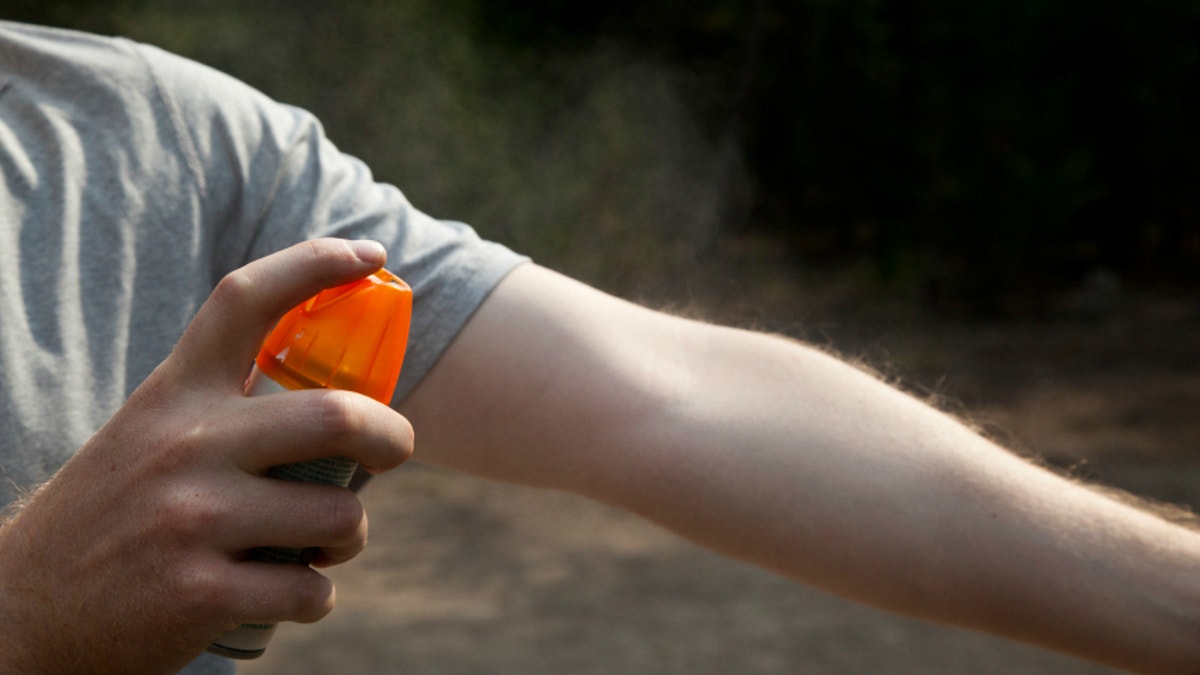
It is difficult to consider how our actions today might affect future generations – or that they will at all. Every experience, from the mundane to the extraordinary, feels finite and relevant only to the now.
But it turns out that just because we leave this world behind, the damage done to our genes by chemicals in the environment may not. A few years ago, a researcher at Washington State University was studying how chemicals affect sex determination in embryonic animals and stumbled upon a shocking discovery: Exposing rats to the insecticide methoxyclor while inside the womb also affected the male offspring of those rats.
Like their fathers, the next generation of male rats had decreased sperm counts and higher rates of infertility – consequences of being dosed with methoxyclor, even though they had never been directly exposed to the insecticide. Since these initial findings, several other studies have shown similar results using a wide array of environmental stressors, which are highlighted in the October issue of Environmental Health Perspectives.
Beyond methoxyclor, well-known chemicals like DEET, bisphenol A (BPA), certain phthalates, nicotine and others have been shown to have similar “transgenerational” effects, meaning health side effects turn up in the great-grandchildren of the initially exposed generation. While most of these studies have been conducted on rodents, preliminary evidence shows that chemical effects can carry over in human generations, too.
Whether such hazardous elements are transgenerational in humans or not, we’d all be wise to avoid exposing ourselves and our children to chemicals that may profoundly alter our bodies in various ways. Unfortunately, endocrine disruptors like BPA and phthalates pervade the market in products like canned foods, personal care products, plastic storage containers and more.
These chemicals pose certain known threats to the person initially exposed: reproductive disorders, heart disease, learning disabilities, depression and cancer, according to Medical News Today. They also mimic hormones in the human body in a way that could be harmful to our health. What remains to be seen is how such toxins might effect the second, third or even fourth generations. Could the BPA hidden deep within the cells of a human never exposed to it have different – even worse – health consequences? Call me crazy, but it seems prudent to understand just how such artificial materials affect human health before their use becomes so widespread as to render their elimination nearly impossible.
Just because the market is saturated with bad things doesn’t mean you can’t find plenty of good things to use instead. Be wary of plastics labeled “BPA Free,” because the replacement chemical bisphenol S (BPS) is also harmful to human health; a study earlier this year by the University of Texas showed that like BPA, low levels of BPS exposure can cause estrogen disruption. Instead, choose products made from glass. Read ingredients in personal care products and look for abbreviations like DBP and DEP, which indicate the use of phthalates. Rather than spraying the highly toxic DEET or other chemicals to repel insects, opt for natural alternatives like lavender oil, rose geranium oil, or a ready-made herbal repellent like Bite Blocker.
Pass down to your children, grandchildren and great-grandchildren your blue eyes, left-handedness or favorite chocolate chip cookie recipe. Not a lifetime of toxic exposures.
Note: Information provided herein is not intended to treat or diagnose any health condition. As always, consult your health care provider with any questions or health concerns.
